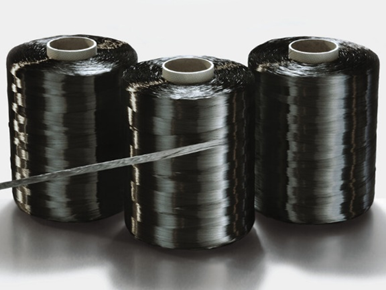INTRODUCTION TO FILAMENT WINDING
Filament winding is a manufacturing process used to produce composite products by winding continuous fibers or filaments onto a rotating mandrel or mold. The fibers are typically made of carbon, glass, or aramid, and are impregnated with a resin or adhesive to hold them together.
The fibers are laid down in a precise pattern during the filament winding process, or wind around the mandrel or mold. This
pattern can be tailored to the specific application and desired properties of
the final product. As the mandrel rotates, the fibers are wound around it in a
continuous and consistent manner.
Once the desired number of layers have been wound, the composite material is cured or hardened. This produces a strong and lightweight structure that can be used in a wide range of applications, from aerospace and automotive to sports equipment and wind energy.
Filament winding offers a number of advantages over other manufacturing processes. It can produce complex shapes and structures that would be difficult or impossible to achieve with traditional methods, while also providing excellent strength-to-weight ratios and high levels of customization. Additionally, filament winding can be highly automated, reducing labour costs and improving production efficiency. This process is widely used in industries such as aerospace, automotive, and sports equipment to produce strong, lightweight structures.
Materials:
The fibers used in filament winding are typically
made of carbon, glass, or aramid. These fibers are chosen for their strength,
stiffness, and other properties. The resin used to bind the fibers together can
be epoxy, polyester, or other materials that provide good adhesion and
durability.
Mandrels and Liner:
The mandrel or Liner around which the fibers are
wound can be made of various materials, including aluminium, steel, plastic, or
composite materials. The mandrel must be designed to withstand the winding
process and the curing of the resin.
Winding Machines:
Filament winding machines are designed to control
the tension, speed, and angle of the fiber as it is wound around the mandrel.
The machines can be fully automated or semi-automated, depending on the
complexity of the part being produced.
Winding Sequence:
The winding sequence used in filament winding can
be customized to meet the specific requirements of the part being produced. The
most common types include hoop winding, helical winding, and polar winding.
Curing:
After the fibers have been wound around the
mandrel, the resin must be cured to create a solid composite structure. The
curing process can be accomplished through heat, pressure, or chemical reaction,
depending on the resin system used.
Conclusion:
Filament winding is a complex process that
requires a great deal of expertise and experience. By understanding the
materials, equipment, and techniques involved, manufacturers can produce
high-quality composite structures that are both strong and lightweight. In part
2 of this article, we will discuss the advantages and disadvantages it offers
over other manufacturing methods.
References:
1.
Onatus composite
technologies
2.
Composite world
3.
Taylor & Francis
online
4. Altair
5.
QA1











Comments
Post a Comment